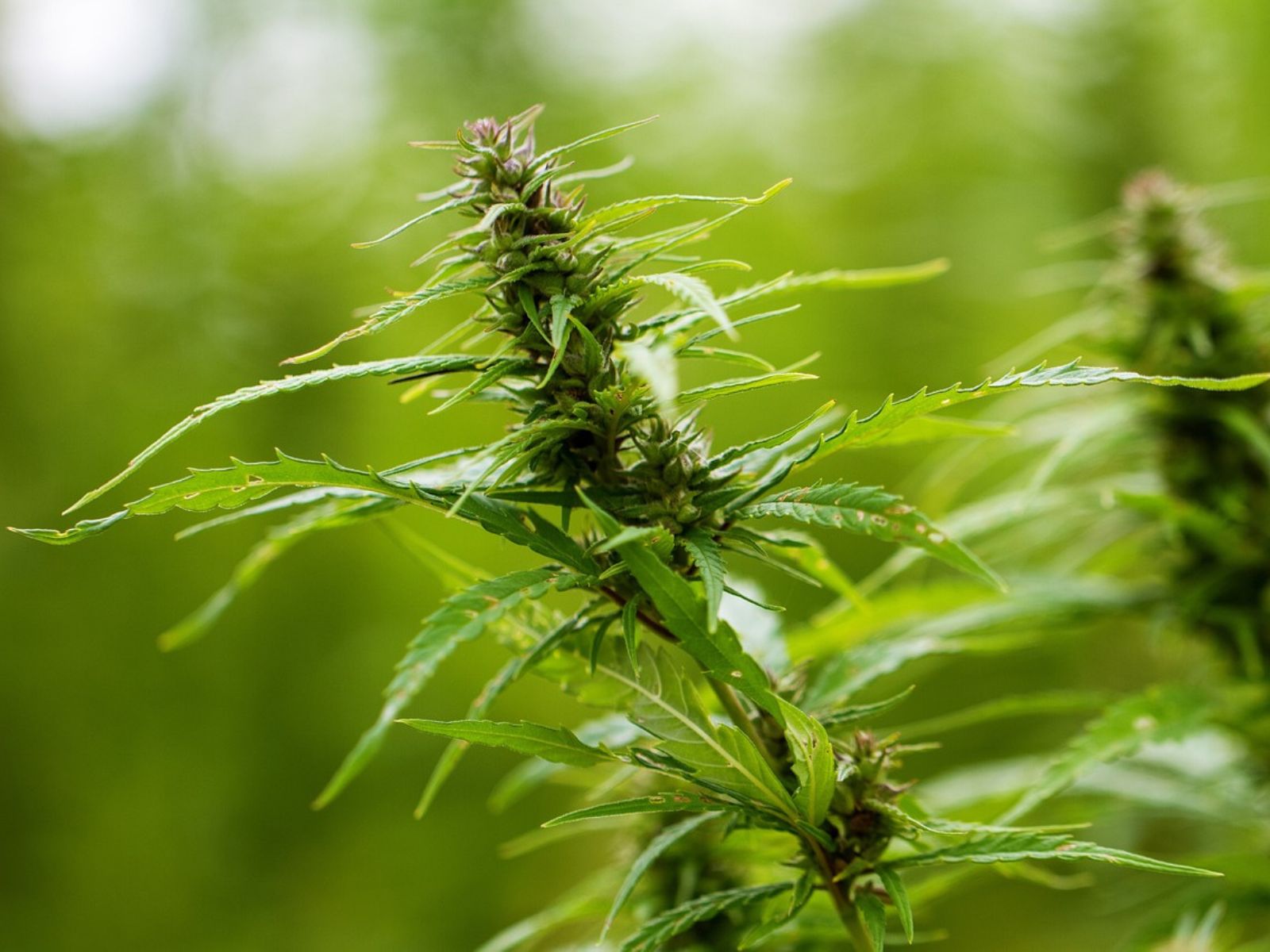The 2018 Farm Bill legalized hemp production across the United States. Hemp was already legal at the state level in many parts of the country, however, the 2018 Farm Bill provided a major boost to the U.S. hemp industry and expanded the market considerably.
Demand for hemp-derived cannabinoid products has grown exponentially in recent years, particularly in states that still prohibit recreational non-hemp cannabis products, such as in Texas. In 2019, Texas passed state-level legislation to help implement a regulatory framework for the state’s emerging hemp industry.
“Here in Texas, House Bill 1325 was signed into law in June 2019 and authorizes the production, manufacture, retail sale, and inspection of industrial hemp crops and products. This also includes products for consumable hemp products which contain cannabidiol (CBD), as well as other edible parts of the hemp plant. The Texas Department of Agriculture opened the hemp licensing and permit application process online on March 16, 2020.” The Texas Department of Agriculture states on its website.
“In 2020, the first year the Texas Department of State Health Services began registering retailers, some 1,948 retailers were actively registered. By 2023, that number had jumped to 8,343. And in the first four months of 2024, the state has already seen more than 7,700 active registrations.” Texas Tribune stated in its original reporting.
There is a current push underway in Texas to ban hemp-derived cannabinoid products such as CBD, Delta-9, and Delta-8 products, which has received considerable pushback from the state’s hemp industry.
“Any bans or excessive legislation of hemp-derived cannabinoids as suggested by Lieutenant Governor Dan Patrick and others will negatively impact an industry that has an $8 billion economic impact, pays $1.6 billion in annual wages, and supports more than 50,000 workers,” said Lukas Gilkey, CEO and cofounder of Hometown Hero, in a press release. “Millions of Americans, including an ever-growing number of veterans, many whom live here in our home state, choose these products as part of their daily lifestyles, while others may rely on them as alternatives to marijuana, opioids, and other pharmaceuticals.”
The Texas Hemp Business Council lists the following information about the Texas hemp-derived cannabinoids market:
- Sales of hemp-derived cannabinoids in Texas generate more than $8 billion annually.
- Between $19.1 and $22.4 billion in economic activity is generated by the local hemp-derived cannabinoid retail, manufacturing and wholesale sectors.
- The hemp industry pays upwards of $1.6 billion in annual worker wages.
- The hemp sector has created or expanded more than 5,000 businesses in the state.
- More than 750 licensed Texan farmers cultivate up to 3,300 acres of hemp for the state and throughout the U.S.
The Texas Hemp Business Council (THBC) is an advocacy organization dedicated to promoting the growth, development and sustainability of the hemp-based cannabinoid industry in Texas.
The United States Department of Agriculture (USDA) recently released its annual hemp industry report. According to the USDA, “In 2023, the value of hemp production in the open and under protection for the United States totaled $291 million, up 18 percent from 2022.”
“Planted area for the Nation in 2023 for all utilizations totaled 27,680 acres, down 2 percent from 2022. The value of hemp production in the open for the United States totaled $258 million, up 22 percent from last year. Area harvested for all purposes in the open totaled 21,079 acres, up 15 percent from 2022.” the report also stated.
The report also found the following regarding subsectors of the United States hemp industry:
- Floral hemp in the open: United States floral hemp production grown in the open for 2023 was estimated at 8.03 million pounds, up 18 percent from 2022. Area harvested for floral hemp in the open in the United States was estimated at 7,383 acres, up 4 percent from last season. The average yield for 2023 floral hemp in the open was estimated at 1,088 pounds per acre, up 134 pounds from last year. The value of floral hemp grown in the open totaled $241 million, up 35 percent from 2022.
- Grain hemp in the open: National production of hemp grown in the open for grain in 2023 totaled 3.11 million pounds, up 28 percent from 2022. Area harvested for hemp grown in the open for grain in the United States was estimated at 3,986 acres, down 26 percent from last season. The average yield for 2023 hemp grown in the open for grain was estimated at 779 pounds per acre, up 327 pounds from last year. The value of hemp grown in the open for grain totaled $2.31 million, down 36 percent from 2022.
- Fiber hemp in the open: In 2023, production of hemp grown in the open for fiber was estimated at 49.1 million pounds, up 133 percent from 2022. Area harvested for hemp grown in the open for fiber in the United States was estimated at 12,106 acres, up 77 percent from last season. The average yield for 2023 hemp grown in the open for fiber was estimated at 4,053 pounds per acre, up 983 pounds from last year. The value of hemp grown in the open for fiber totaled $11.6 million, down 59 percent from 2022.
- Seed hemp in the open: Production of hemp grown in the open for seed in 2023 was estimated at 751,000 pounds, up 414 percent from 2022. Area harvested for hemp grown in the open for seed in the United States was estimated at 1,344 acres, up 66 percent from last season. The average yield for 2023 hemp grown in the open for seed was estimated at 559 pounds per acre, up 379 pounds from last year. The value of hemp grown in the open for seed totaled $2.91 million, up 96 percent from 2022.

